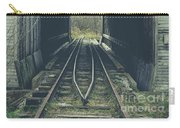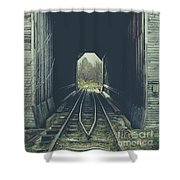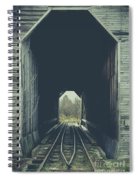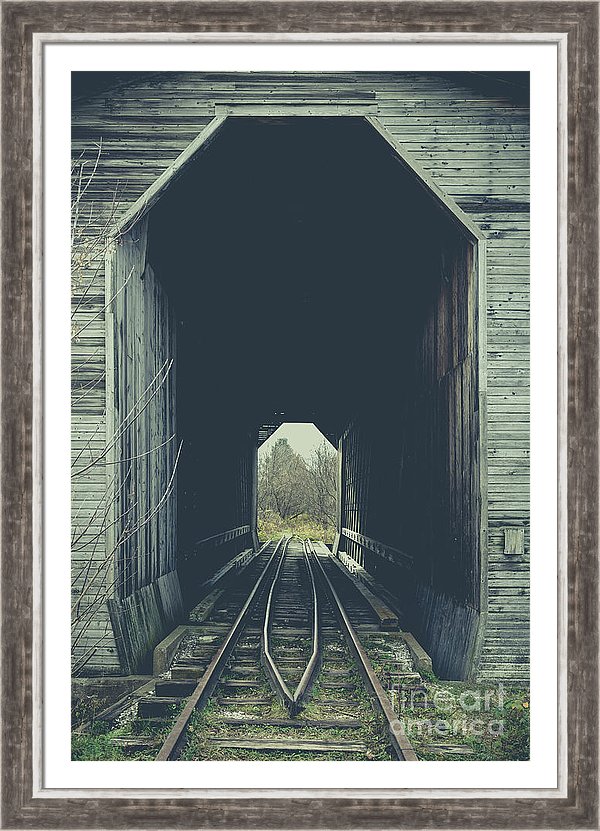My photography passion compels me to explore the world and seek out interesting places and subjects to photograph. When my wife attended a conference at the Stowe Mountain Resort, I jump at the chance to explore the area.
One of the treasures I found was this historic old covered bridge that served the railroad. The unique roof opening allowed smoke and steam to exit at the top. It’s not the only covered railroad bridge I’ve found this year.
On the Sugar River Recreation trail going from Newport to New Hampshire on the top of an old railroad grade, there is another fine example of an old wooden railroad covered bridge.
Fisher Covered Bridge Wolcott Vermont
The Fisher Covered Railroad Bridge is a covered bridge in Wolcott, Vermont.
Built in 1908, it originally carried the St. Johnsbury and Lamoille County Railroad over the Lamoille River.

Now closed, it was the last covered bridge in Vermont to carry railroad traffic, and is a rare surviving example in the state of a double Town lattice truss. It was listed on the National Register of Historic Places in 1974

The Fisher Covered Railroad Bridge consisted originally of a
single^ span supported by two flanking timber lattice
trusses. the timber deck structure was removed and replaced
with a steel jdeck truss structure independent
of the wood superstructure. The southerly span is supported by
two plate girders and the northerly span by four steel I-beams.

The yellow pine trusses, each of which has an extra set of
diagonal lattice members for additional strength, now support
only the superstructure of the bridge. Lateral iron rods
connect the top chords of the trusses through the apexes formed
by the upper lateral braces. Ship f s knees provide reinforcement
between the principal top beams and vertical posts near each
corner of the bridge.
The superstructure of the Fisher Bridge is 103.5 feet long overall.
The twio steel spans are 42 and 51 feet long, respectively
north and s”outh. The superstructure is_20.5 feet wide, and has
an interior opening of 15 feet for the track.
The entire bridge rests on a^utments_built of stone blocks
mortared together and capped with concrete, the lower half of
the north abutment has been faced with concrete. The steel
spans rest on a central pier built of timber pilings sheathed
with dimension stock. Concrete back-walls retain the track bed
at each end of the bridge.
On the exterior, the heavy planks pegged and bolted together
diagonally to form the trusses (and side walls) of the bridge
are sjieathed with unpainted matched spruce boards hung vertically.
Similar siding protects the ends of the trusses immediately
inside the portals. The siding flares outward toward the
bottom of the bridge to cover the bottom chords. The siding
stops short of the eaves to leave strip openings along the tops
of the walls.
The gable ends are sheathed with unpainted matched clapboards
hung horizontally, the portal openings have diagonal? upper
corners to match the interior struts. The siding flares diagonally
outward beyond the line of the side walls to meet the
eaves.
A shallow-pitch gable roof covers the bridge. A .wood monitor
with louvered sides, which served as a smoke ventilator, extends
nearly the full length of the ridge. The roof and monitor are
covered with asphalt roofing paper.
